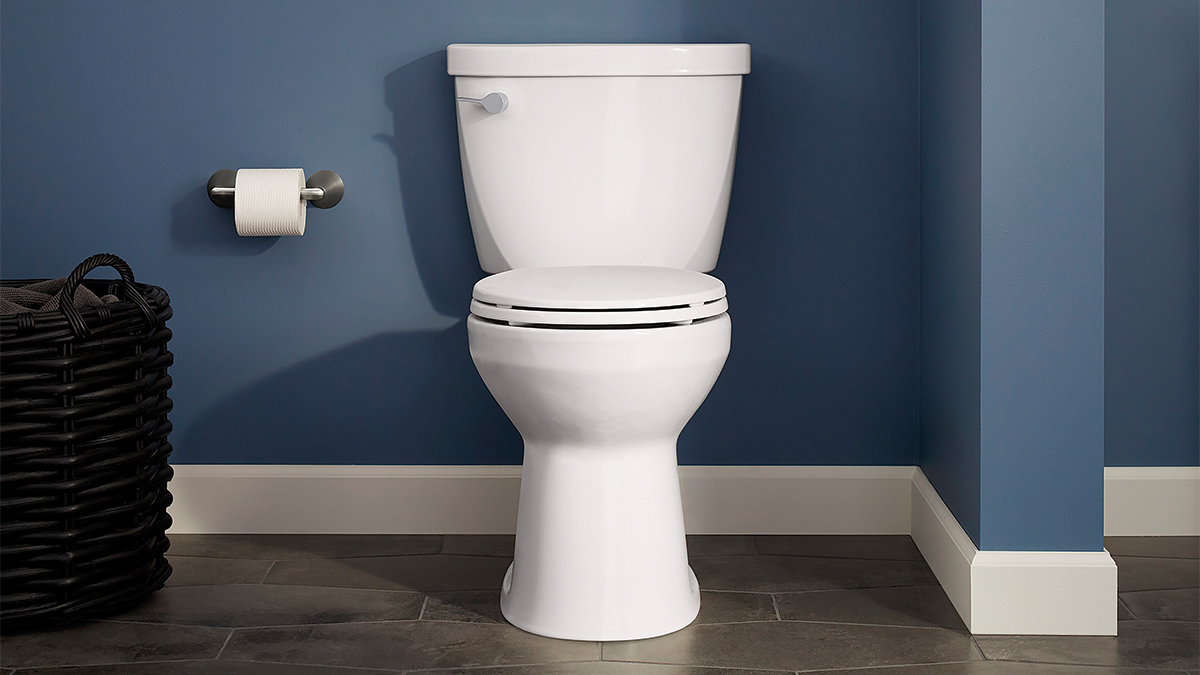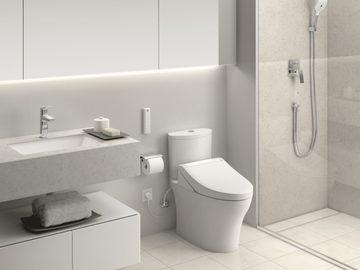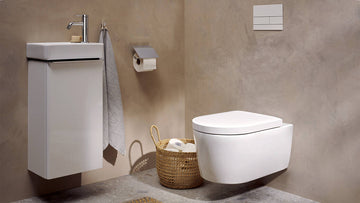In today's rapidly changing world, the need for effective water conservation strategies is more critical than ever. One of the most impactful ways to contribute to this cause is through bathroom remodeling for water conservation. By integrating eco-friendly fixtures and innovative designs, homeowners can significantly reduce their water usage, save money, and contribute to a healthier planet.
Bathroom remodeling presents a unique opportunity to make sustainable choices. From eco-friendly fixtures to high-efficiency toilets, there are numerous ways to transform a bathroom into a water-saving haven. This article delves into practical tips, essential considerations, and innovative options for achieving an eco-friendly bathroom renovation.

Why Focus on Water Conservation?
Water is an essential resource that is becoming increasingly scarce. The average household can waste up to 10,000 gallons of water annually due to leaks, outdated fixtures, and inefficient appliances. By focusing on water conservation, not only can we preserve this precious resource, but we can also reduce utility bills and promote sustainability.
Additionally, many regions offer rebates and incentives for homeowners who undertake water-saving renovations. These programs can significantly offset the initial costs of remodeling, making it a financially savvy choice for environmentally conscious individuals.
Key Elements of Water-Saving Bathroom Remodeling
1. Install High-Efficiency Toilets
One of the most effective ways to conserve water in the bathroom is by installing high-efficiency toilets (HETs). These toilets use significantly less water per flush compared to traditional models. While older toilets may use up to 3.5 gallons per flush, HETs use as little as 1.28 gallons. This change alone can save a typical household thousands of gallons of water each year. Learn more about the benefits of upgrading your toilet.
2. Upgrade to Water-Saving Fixtures
Modern water-saving fixtures, such as low-flow showerheads and faucet aerators, are designed to reduce water usage without sacrificing performance. These fixtures mix air with water to maintain pressure while using less water. By upgrading these elements, homeowners can enjoy a refreshing shower or quick rinse while conserving water.
3. Implement Smart Water Management Systems
Smart technology has revolutionized home management, and bathrooms are no exception. Smart water management systems can monitor water usage, detect leaks, and provide real-time data to help homeowners make informed decisions. By integrating these systems into your remodeling plan, you can ensure efficient water use and quickly address any issues that arise.
4. Choose Sustainable Materials
Beyond fixtures and technology, selecting sustainable materials for your bathroom can further enhance water conservation efforts. Opt for materials that are durable, low-maintenance, and environmentally friendly. Bamboo flooring, recycled glass tiles, and low-VOC paints are excellent choices that contribute to a sustainable bathroom design.
Common Myths About Water-Saving Toilets
There are several misconceptions surrounding water-saving toilets that may deter homeowners from making the switch. It's important to address these myths to make informed decisions. For instance, some believe that water-saving toilets are less effective at flushing waste. However, modern designs have resolved these issues, offering powerful and efficient flushing mechanisms. Debunk common myths about water-saving toilets.
Conclusion: Embrace the Change for a Better Future
Incorporating water conservation techniques in bathroom remodeling is an investment in the future. It not only reduces water bills but also supports a sustainable lifestyle. With the right fixtures, smart technology, and sustainable materials, any bathroom can become a model of efficiency and eco-friendliness.
As you embark on your bathroom remodeling journey, consider partnering with professionals who specialize in eco-friendly renovations. Their expertise can help ensure that your project aligns with your water conservation goals and meets the highest standards of quality and sustainability.

FAQ
Q1: How much water can I save by installing a high-efficiency toilet?
A: Installing a high-efficiency toilet can save you thousands of gallons of water annually, depending on your household's usage. On average, you can expect to save approximately 20-60% of water per flush compared to traditional toilets.
Q2: Are there any rebates available for water-saving bathroom renovations?
A: Yes, many municipalities offer rebates for eco-friendly upgrades, such as high-efficiency toilets and low-flow fixtures. Check with your local water utility for available programs and eligibility requirements.
Q3: Will water-saving fixtures reduce my water pressure?
A: Modern water-saving fixtures are designed to maintain water pressure while reducing water flow. By mixing air with water, these fixtures provide a satisfying experience without compromising efficiency.






